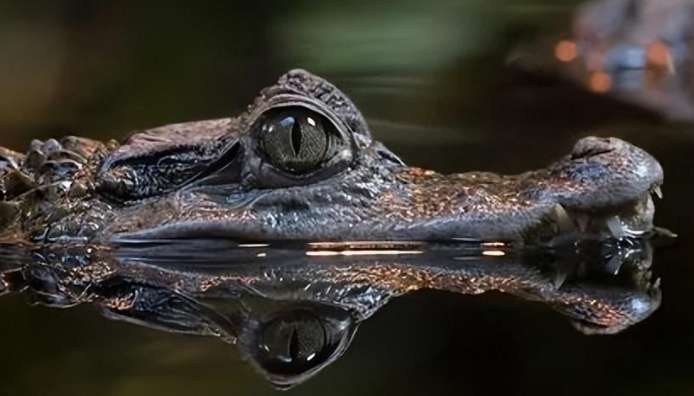Although the crocodile is a typical amphibian, it can live on land and in the water. However, if the crocodile stays on land or in the water, it will only die. Why is this? Let’s find out together.

Crocodiles are not fish, but an ancient reptile. Like cetaceans, a clade of mammals, they also experienced an environmental transition from land to water.
In a broad sense, crocodiles refer to all reptiles under the order Crocodile, including the earliest and existing crocodiles. In a narrow sense, crocodiles refer to the 23 existing members of the order Crocodiles, and are worth mentioning. One thing to mention is that animals with "crocodile" in their names are not necessarily crocodiles (neither in the broad nor narrow sense), such as Ornithosuchus and Saurosuchus. They are all clades of archosaurs, either pseudosuchians or crocodiles. Parasuchiforms, which are more closely related to dinosaurs.
The earliest crocodiles originated in the late Triassic. Their ancestors were ancient crocodyliforms. The more representative ones are wedge-shaped crocodiles and crocodiles, these two primitive crocodile-shaped animals. Members of the superorder are much smaller than today's crocodiles. For example, the model species Saltoposuchus connectens has an average body length of only about 1.2 meters and an average weight of less than 15 kilograms. Moreover, their hind limbs are significantly longer and thicker than their forelimbs. , so at that time, they should mainly walk on their hind limbs. The most important thing is that jumping crocodiles mainly lived on land and fed on insects, small reptiles and invertebrates.

Compared with crocodiles, wedge-shaped crocodiles are smaller. The average body length of most of their members is only about 50 centimeters. From the late Triassic to the Jurassic, wedge-shaped crocodiles were widely distributed in Eurasia, Africa, and On the American continent, it is the most primitive and widely distributed group of crocodile-like superorders.
And they are mainly based on landThe hind limbs of living reptiles are also longer and thicker than the forelimbs, so on land, they can crawl on all fours and run on their hind limbs. Judging from their skeletal shape, their hind limbs are their main method of movement.
Since early crocodiles did not have any advantages in size compared to dinosaurs, starting from the Jurassic Period, early crocodiles began to live near and enter water, thus not only avoiding land This main battlefield to compete with dinosaurs also opened up a foraging ground where food was easier to obtain. In this way, throughout the dinosaur era, although the primitive crocodiles did not compete with the dinosaurs, they gradually adapted to aquatic life and With a warm and suitable climate, their species have reached the pinnacle of crocodile evolution, with more than 150 different genera.
In the Cretaceous, there were even "giant crocodiles" such as Emperorsuchus and Deinosuchus that weighed more than 4 tons. After the mass extinction event at the end of the Cretaceous period took away the dinosaurs, some relatively small crocodiles successfully survived by relying on their strong adaptability and hunger resistance, and began to evolve to larger sizes again, with similar phenomena appearing The Euphorbia crocodile is a giant crocodile that is over 10 meters long and weighs over 5 tons.
Of course, larger body size means poorer ability to adapt to environmental changes, so with climate change, many prehistoric giant crocodiles have been eliminated. Although today's crocodiles are larger than the original crocodiles , but it can no longer be compared with the giant crocodiles. Among the existing crocodiles, the largest crocodile is 6.17 meters long and weighs 1 ton. This crocodile named "Luolong" has become the ceiling of today's crocodile size.

However, in any case, the evolution of crocodiles is successful. This is due to their slow evolution and their ability to adapt to changes. Today, crocodiles are still "kings and dominating" in fresh water (there are also some in sea water, Such as the crocodile).